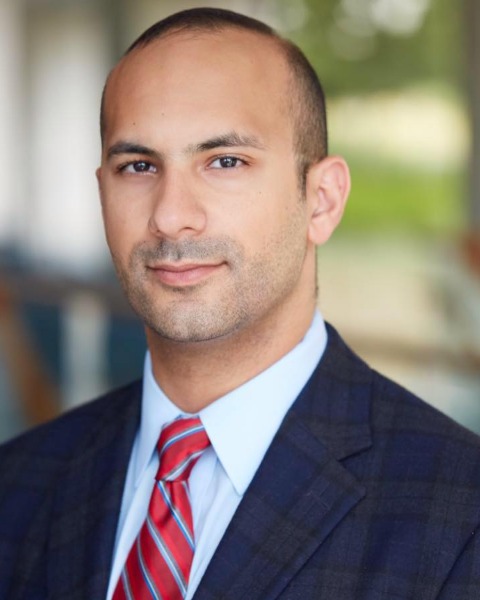Trauma
Post-Operative Hospital Readmission After Fracture in Ankylosing Spondylitis Patients
Friday, February 21, 2025
7:00 AM - 2:00 AM EST

Aladine A. Elsamadicy, MD
Neurosurgery Resident
Yale University School of Medicine
Yale School of Medicine
New Haven, CT, US
Presenting Author(s)
Introduction: Surgical treatment for fractures in patients with ankylosing spondylitis (AS) has seen a recent increase and, with it, readmission to the hospital after discharge, which increases healthcare expenditure. The aim of this study was to assess the factors that lead to readmission after treatment of AS.
Methods: A retrospective cohort study was performed using the 2016–2019 Nationwide Readmissions Database (NRD). All adult patients undergoing posterior spinal fusion (PSF) for fractures associated with AS were identified using ICD-10 coding. Patients were stratified into 7-day, 30-day, 90-day, and non-readmitted cohorts.
Results: Of the 45,055 patients included, 944 were readmitted within 7 days, 1725 within 30, 1464 within 90, and 40,922 were not readmitted. The 90-day cohort had the oldest patients, followed by 30, 7, and non-readmitted (p < 0.001). A greater proportion of patients in the 7-90-day cohorts were insured by Medicaid compared to the non-readmitted cohort (p < 0.001). The 30-day cohort had the highest frailty score (p < 0.001), while the 90-day cohort had the greatest comorbidity burden (p < 0.001). The 30-day cohort had the highest percentages of those with 2 or more adverse events, followed by 7-day, 90-day, and non-readmitted (p < 0.001). The 7-day cohort had the longest mean length of stay (LOS) (p < 0.001) and the greatest rate of non-routine discharge (p < 0.001). Overall, the most common reason for readmission was infection, and the 30-day cohort had the highest percentage of those with infection (p=0.007). Other reasons for admission included acute kidney failure and sepsis.
Conclusion : Our study suggests that both patient- and hospital-level factors may influence readmission after PSF for AS. Future directions of study include investigating ways to reduce the impact of these factors among AS patients.
Methods: A retrospective cohort study was performed using the 2016–2019 Nationwide Readmissions Database (NRD). All adult patients undergoing posterior spinal fusion (PSF) for fractures associated with AS were identified using ICD-10 coding. Patients were stratified into 7-day, 30-day, 90-day, and non-readmitted cohorts.
Results: Of the 45,055 patients included, 944 were readmitted within 7 days, 1725 within 30, 1464 within 90, and 40,922 were not readmitted. The 90-day cohort had the oldest patients, followed by 30, 7, and non-readmitted (p < 0.001). A greater proportion of patients in the 7-90-day cohorts were insured by Medicaid compared to the non-readmitted cohort (p < 0.001). The 30-day cohort had the highest frailty score (p < 0.001), while the 90-day cohort had the greatest comorbidity burden (p < 0.001). The 30-day cohort had the highest percentages of those with 2 or more adverse events, followed by 7-day, 90-day, and non-readmitted (p < 0.001). The 7-day cohort had the longest mean length of stay (LOS) (p < 0.001) and the greatest rate of non-routine discharge (p < 0.001). Overall, the most common reason for readmission was infection, and the 30-day cohort had the highest percentage of those with infection (p=0.007). Other reasons for admission included acute kidney failure and sepsis.
Conclusion : Our study suggests that both patient- and hospital-level factors may influence readmission after PSF for AS. Future directions of study include investigating ways to reduce the impact of these factors among AS patients.

.jpg)